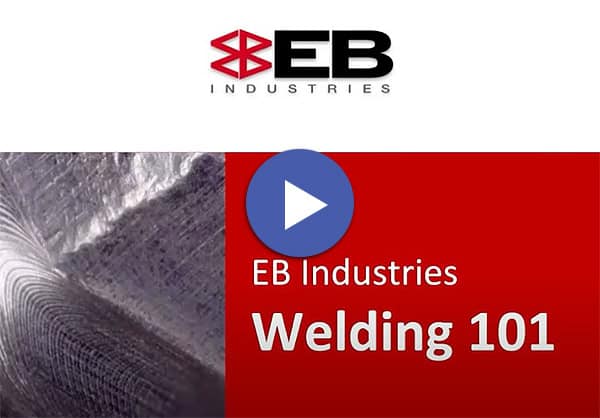The Rise of Small Satellites and UAVs
The aerospace and defense industries are rapidly shifting toward compact, agile platforms. Small satellites, also known as smallsats or CubeSats, and unmanned aerial vehicles (UAVs) are revolutionizing surveillance, communication, navigation and space exploration.
But with this miniaturization comes a significant engineering challenge: how to protect increasingly dense and sensitive electronics from environmental threats like moisture, oxygen and outgassing. Conventional sealing methods such as epoxy or mechanical gaskets often fall short, especially when mission-critical reliability is required.
This is where laser hermetic sealing becomes essential.
 |
GuideDesigners Guide for Laser Hermetic Sealing White Paper |
Why Hermetic Sealing Matters for Aerospace Electronics
In both orbital and airborne platforms, electronics are exposed to a range of hazards:
- Vacuum environments (for space-based systems)
- Thermal cycling from extreme heat and cold
- Vibration and shock
- Radiation
- Contaminants like moisture or dust during assembly or flight
Without a true hermetic seal, even minor contamination can degrade circuit performance, short out power systems or corrupt data. For CubeSats and UAVs where system redundancy is minimal and downtime is unacceptable, package integrity is not optional—it is mission-critical.
The Laser Hermetic Sealing Advantage
Unlike epoxies or solder joints, laser hermetic sealing fuses the enclosure and lid together at the molecular level. This forms a permanent, leak-tight seal that can survive extreme conditions.
Key Benefits for Small Aerospace Platforms
- Precision Sealing of Microelectronics: Laser sealing is ideal for joining fine-featured or thin-walled enclosures, such as those used in microelectronic and RF packages.
- Low Heat Affected Zone: Pulsed Nd:YAG lasers apply energy precisely, preventing thermal damage to nearby components including PCBs and sensor elements.
- Material Compatibility: EB Industries’ process supports aerospace-grade materials such as Kovar, Stainless Steel and various alloys of Aluminum, which are common in lightweight, high-performance designs.
- Vacuum-Baked Cleanliness: Our glovebox systems ensure parts are sealed in a clean, inert environment with moisture and oxygen levels below 1 part per million, far superior to solder or epoxy seals.
- Longevity and Stability: Laser-welded seals will not degrade over time or become brittle like adhesives, making them ideal for long-duration satellite missions and high-altitude UAV operations.
Real-World Applications
At EB Industries, we routinely hermetically seal:
- Satellite communication packages
- RF modules for drones
- Sensor packages in CubeSats
- Miniaturized inertial navigation systems
- Microwave and telemetry enclosures for aerospace avionics
Our systems can accommodate both low and medium-volume production, enabling agile development and full-scale deployment.
Built for Reliability, Backed by Certification
EB Industries is AS9100D and ISO 9001:2015 certified, with laser sealing operations conducted in inert gloveboxes using CNC programming and repeatable weld parameters. From prototype to flight hardware, we ensure that every sealed component meets aerospace-level reliability standards.
 |
WebinarWelding 101 Precision Welding Tips for Electron Beam, Laser Welding and Laser Hermetic Sealing |
Conclusion
The future of aerospace is small, fast and mission-critical. As CubeSats, drones and compact electronic systems continue to shape defense and commercial strategies, laser hermetic sealing provides the protection these innovations demand.
EB Industries stands at the forefront, delivering precision laser welding and sealing services that keep small packages secure, no matter how high they fly or how far they travel.
Need Support with Hermetic Sealing?
If you are developing UAV or satellite components that require reliable, contamination-free sealing, contact EB Industries to learn how our laser welding expertise can support your mission.

